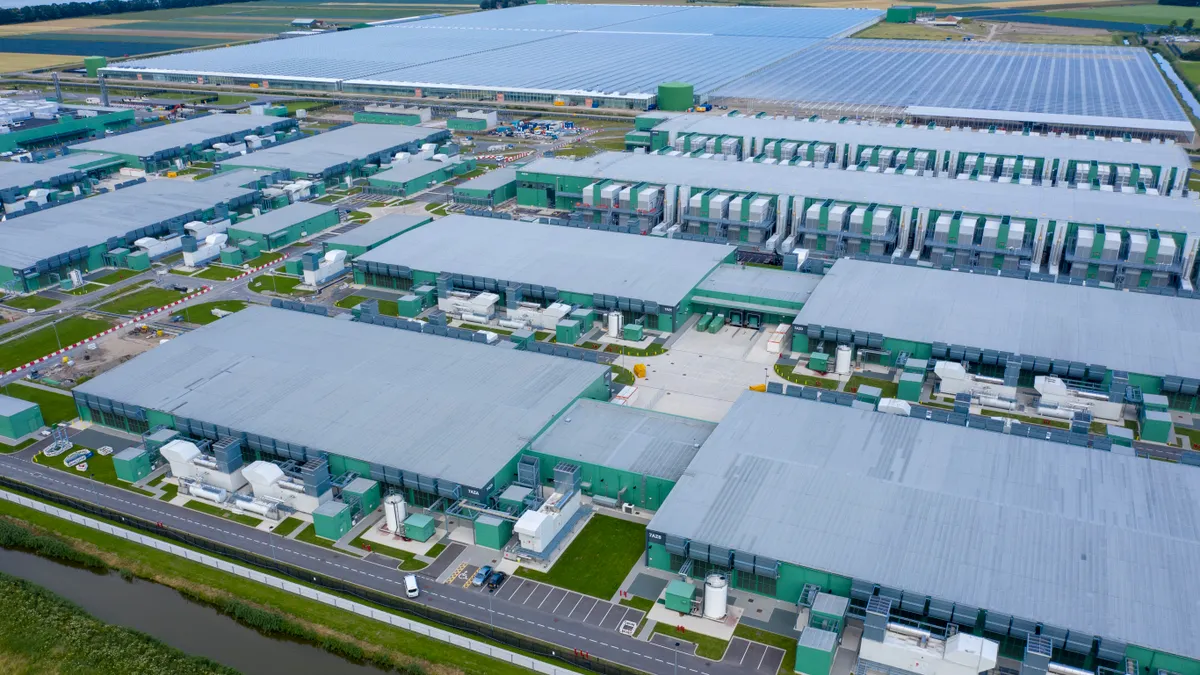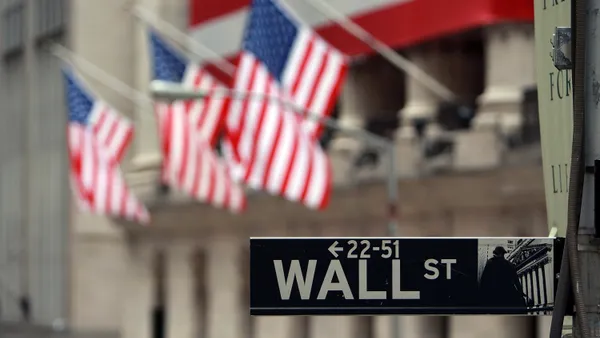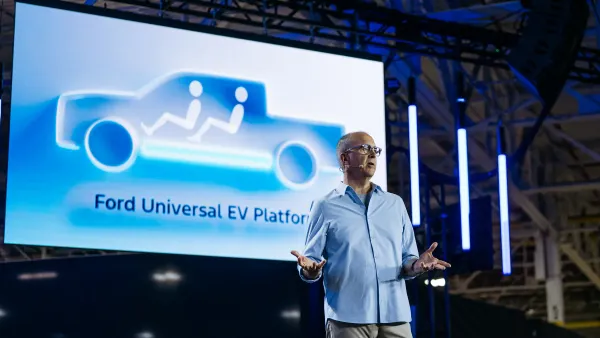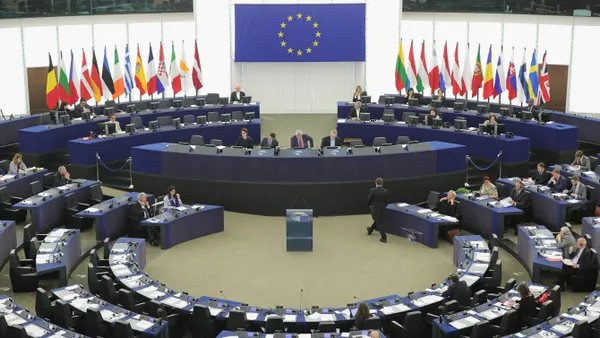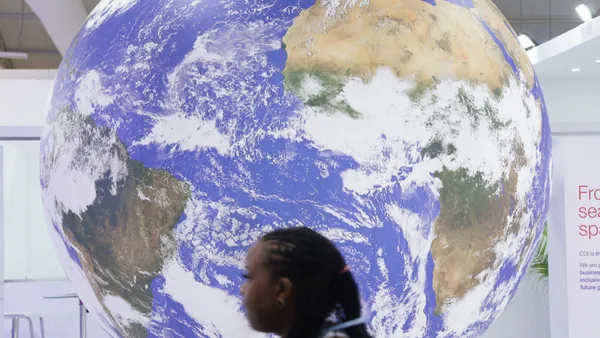Dive Brief:
- Microsoft has expanded a landmark carbon removal deal it signed with Swedish energy company Stockholm Exergi last year, which will increase the volume of removals to lower the tech giant’s carbon footprint.
- The revised agreement now aims to remove 5.08 million metric tons of carbon dioxide produced by Microsoft over a 10-year period, up from the 3.33 million metric tons outlined in the initial deal. At the time, both companies called the 2024 agreement “the world’s largest permanent removals deal to date.”
- The Tuesday update, announced a year to date after the initial deal, builds towards Microsoft’s goals of becoming carbon negative by 2030 and removing all the carbon the company has emitted into the environment since it was founded, either directly or from electrical consumption, by 2050.
Dive Insight:
The carbon removal deal will be based on a bioenergy carbon capture and storage facility that Stockholm Exergi will build at its existing biomass and heat power plant located in Värtan, Stockholm. The energy company previously said the biomass feedstock — which can include agricultural crop residues, forestry residues, algae and municipal waste — that will be used for the project will continue to be sourced in a sustainable way that is in line with Microsoft’s quality thresholds. Such methods, in turn, would guarantee the sustainable management of forests and the protection and preservation of sensitive regions.
Construction on the project is expected to begin this year and, once operational, the facility aims to permanently remove 800,000 metric tons of carbon dioxide per year, according to the energy company.
When announcing the original deal, the Swedish heat-plant operator said the delivery of Microsoft’s carbon removal certificates are planned to begin in 2028, once the facility is fully operational.
“Stockholm Exergi is executing against a bold vision to deploy new carbon removal technologies towards climate action,” Microsoft Senior Director of Energy Markets Brian Marrs said in a May 6 statement. “We are pleased to announce this expanded offtake, which in turn reflects our progress to meeting ambitious 2030 Carbon Negative goals.”




